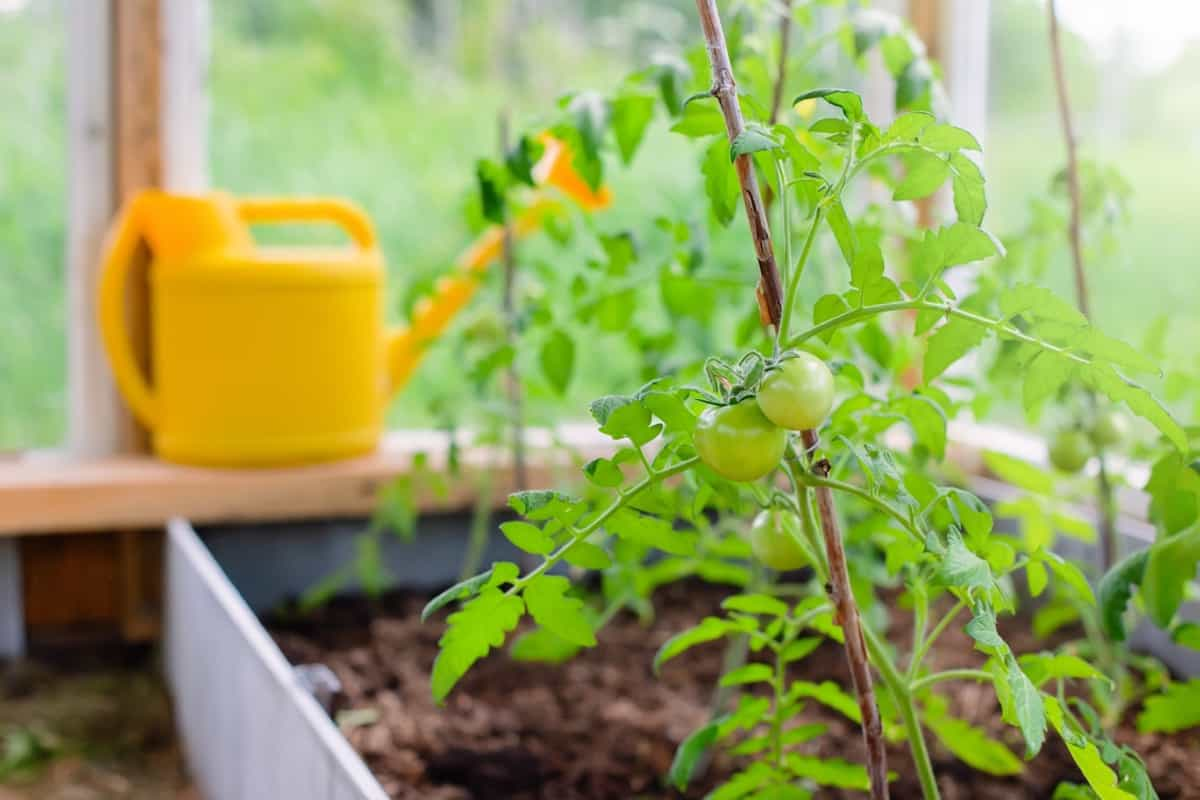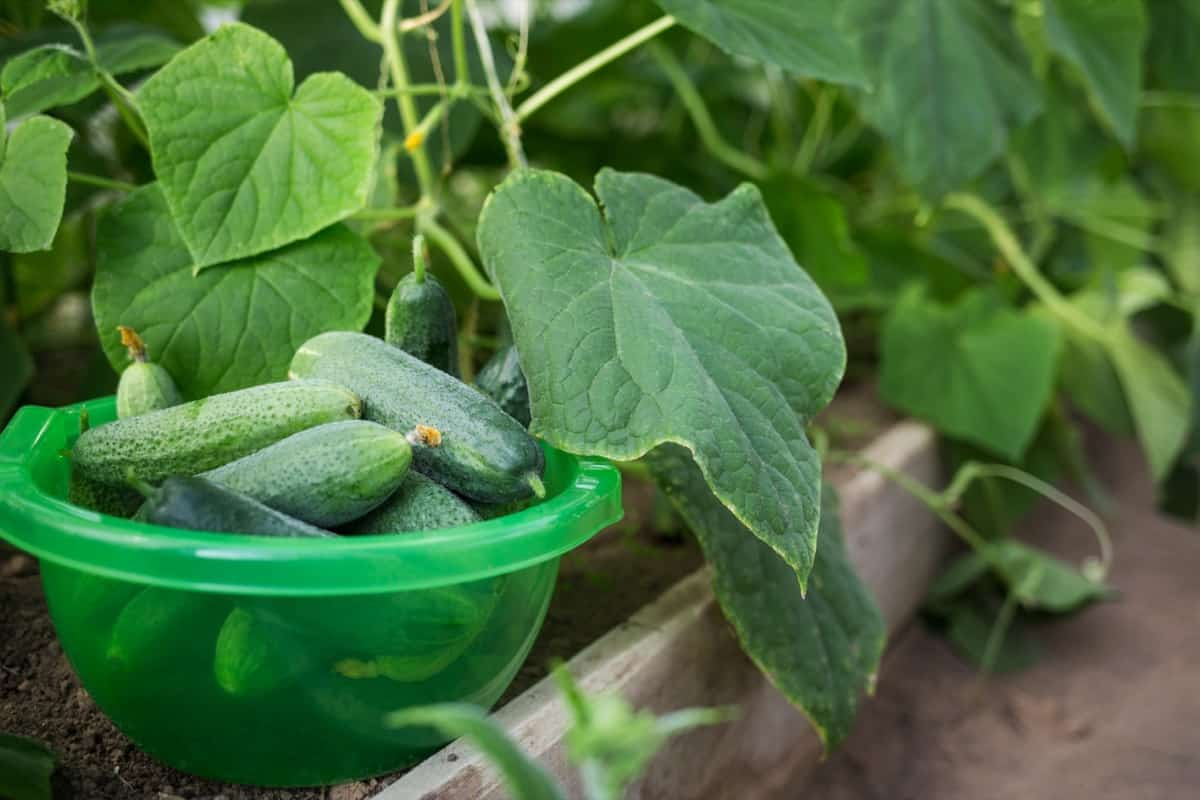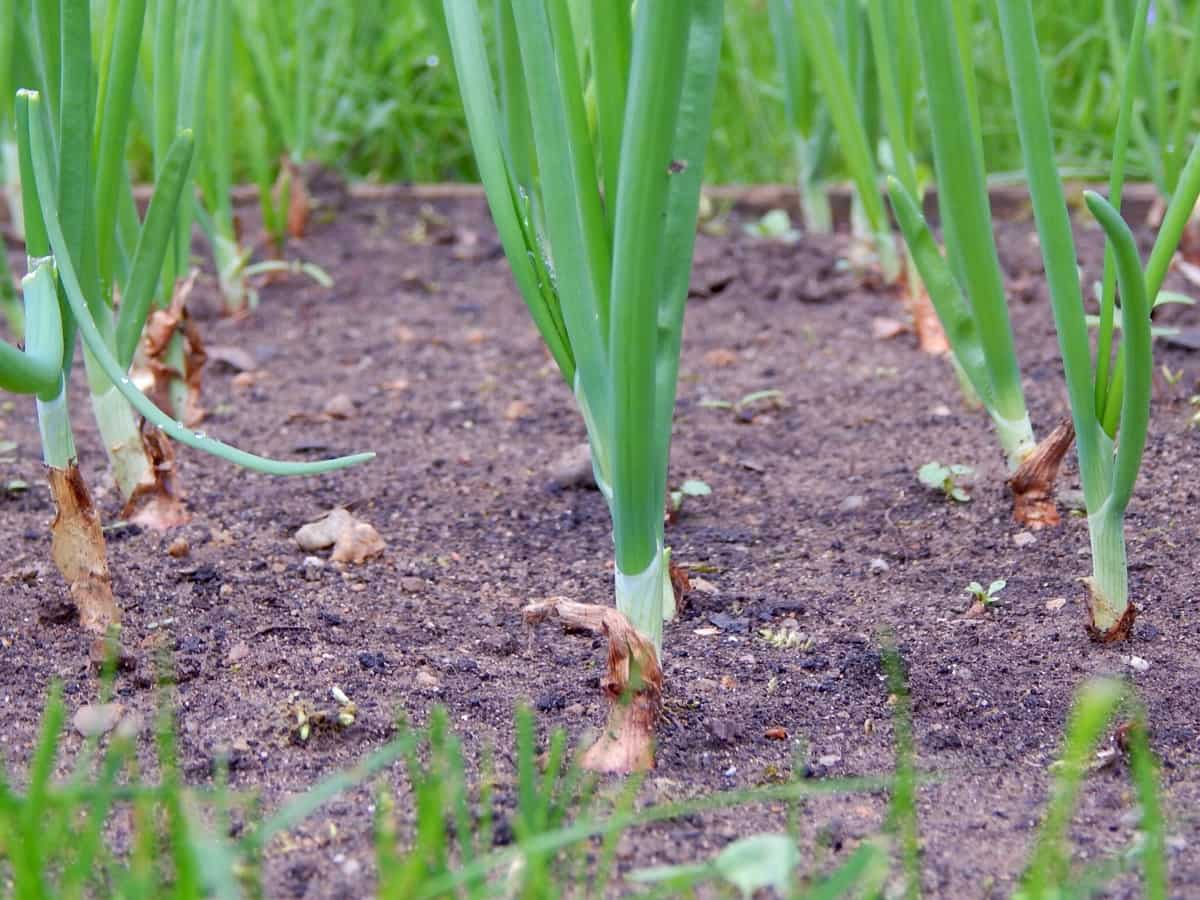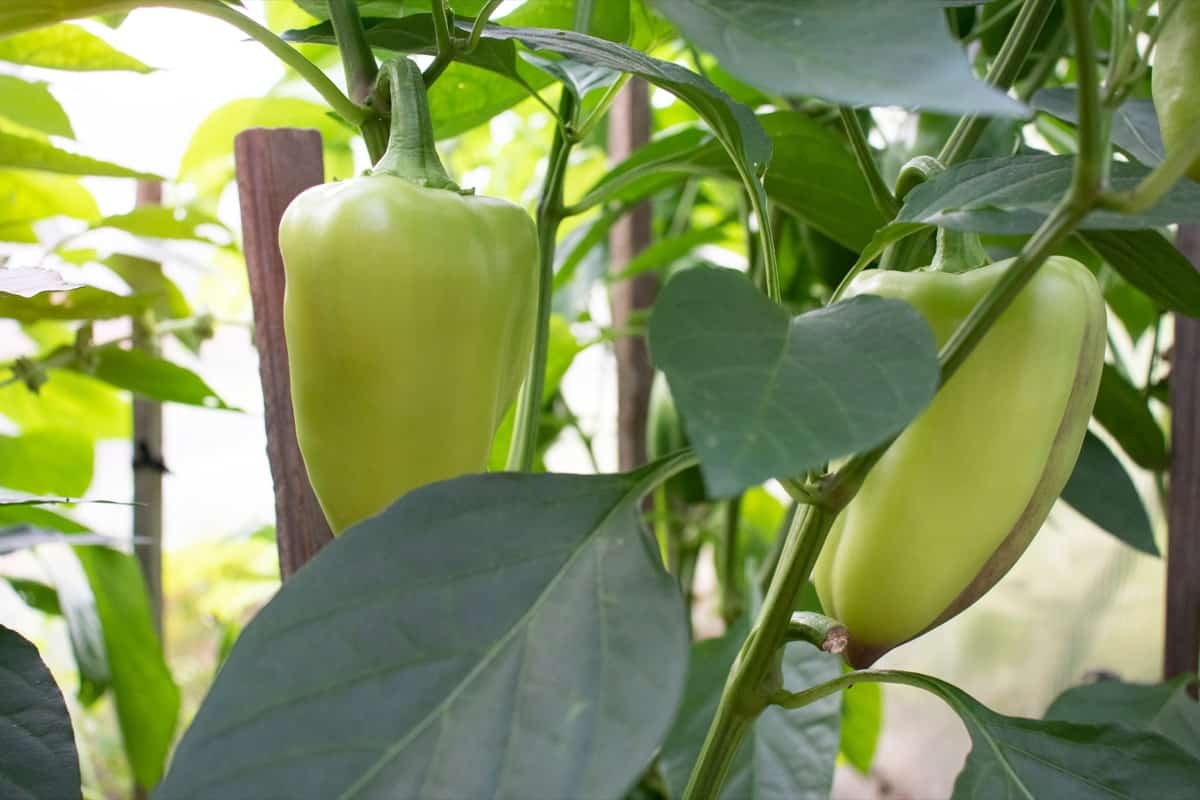Raised beds offer numerous benefits, such as better drainage, improved soil quality, and fewer weeds. Additionally, they allow you to grow more vegetables in a small space and make it easier to maintain them. Plus, they make planting and harvesting easier on your back. When it comes to choosing the best vegetables for raised beds, there are plenty of options available.
You can select leafy greens to root vegetables. Remember that growing vegetables in raised beds require some care and attention. But with proper planning and maintenance, you’ll be able to get the rewards of fresh produce all season long.
Importance of Growing Vegetables in Raised Beds
Gardening in raised beds has become increasingly popular among gardeners. The reason is that it offers several benefits over traditional gardening methods. One of the advantages is that it provides better drainage and aeration for plants, resulting in healthier roots and higher yields. Raised beds are also easier to maintain, requiring less weeding and soil preparation than conventional gardens. In addition, they allow you to control the quality of your soil by adding organic matter such as compost or manure.
Another advantage of using raised beds is allowing those with limited space to grow their vegetables. You can build them on top of any surface, including concrete or asphalt, making them perfect for urban areas where outdoor space may be at a premium. Furthermore, raised bed gardening allows you to position your plants closer without overcrowding. This means more efficient use of space while ensuring each plant receives enough sunlight and nutrients. Gardening in raised beds reduces the risk of damage from pests like slugs and snails since these creatures find it harder to climb into elevated spots.
Top 10 Best Vegetables to Grow in Raised Beds
Tomatoes
Tomatoes are the most popular vegetables to grow in raised beds and for a good reason. They’re versatile, delicious, and easy to cultivate. When choosing which Tomato variety to grow in your raised bed garden, consider your climate and the available space. Some types require more room, and some fare better in hot or cool temperatures. Indeterminate varieties will grow all season and produce fruit until frost kills them.
In case you missed it: How to Control Pests and Diseases in Tomato Crop: Causes, Symptoms, Chemical, and Biological Management

Determinate types tend to be smaller plants with a large crop immediately before dying. Tomatoes love full sun and get plenty of sunlight throughout the day. Remember that growing Tomatoes is not just about getting fresh fruits but also about enjoying the process itself. So, don’t forget to enjoy every stage along the way – from planting seeds or seedlings into your raised bed soil and watching them grow tall with green leaves until harvesting plump red juicy fruits.
Melons
Melons are perfect for your raised bed garden for their sweet and juicy taste. Growing Melons in raised beds are ideal as it provides better drainage and allows you to control the soil quality. Melons require warm temperatures to grow, so ensure they receive plenty of sun exposure. When planting Melons in your raised beds, provide ample space between plants, as they can take up a lot of room.
Trellising or using supports can also help keep vines off the ground and prevent rotting. Keep an eye on your Melon plants and be patient, as they may take longer than other vegetables to mature. Once ripe, harvest them promptly by checking for signs such as yellowing leaves or when the tendrils near the fruit start turning brown. With proper care and attention, growing Melons in raised beds can yield delicious results that will impress.
Eggplant
Eggplant is a beautiful vegetable to grow in raised beds. It’s easy to care for and produces bountiful yields with minimal effort. One of the great things about Eggplant is its versatility in the kitchen. When planting Eggplants in your raised bed garden, choose a well-draining soil and provide plenty of sunlight.
In case you missed it: How to Grow Eggplant/Brinjal from Seed to Harvest: A Complete Guide for Beginners

Eggplants thrive best when planted close together, benefiting from their leaves’ shade. To harvest ripe Eggplants, wait until they reach full size and have shiny skin before picking them off the plant with a sharp knife or pair of scissors. Growing Eggplants in your raised bed garden is the best way to enjoy fresh produce while reaping numerous health benefits at the same time.
Sweet Potatoes
Sweet Potatoes are versatile vegetables that can be grown in raised beds. They prefer well-drained soil and warm temperatures, making them perfect for a summer garden. Sweet Potatoes come in several varieties, including orange-fleshed and white-fleshed. When planting Sweet Potatoes in your raised bed, ensure ample space for the plants to spread. Space each plant about 12 inches apart with rows spaced three feet apart. Sweet Potato plants require regular watering throughout the growing season, especially during dry spells.
Harvesting Sweet Potatoes is an exciting process. Wait until the leaves turn yellow after the first frost before digging up your crop from underneath the soil. Be gentle while harvesting so as not to damage any remaining tubers. Once harvested, it’s important to cure your Sweet Potatoes properly by storing them at room temperature for two weeks before eating or storing them long-term. Adding Sweet Potatoes to your raised bed garden is a great way to diversify your harvest and add some deliciousness to your diet.
Cucumbers
Cucumbers are the most popular vegetable to grow in raised beds because they are easy to care for and produce high yields. These vegetables thrive in warm weather, making them perfect for summer. When choosing Cucumber varieties, you must consider whether you want slicing or pickling Cucumbers.
In case you missed it: How to Prevent Bitter Cucumbers and Grow Sweet and Juicy Fruits

Slicing Cucumbers come in many sizes and shapes and are great for salads or snacking. Pickling Cucumbers are smaller and more uniform, making them ideal for preserving. To plant Cucumbers, create mounds of soil about 18 inches apart with seeds planted directly. It’s important to moisten the soil throughout the growing season by watering regularly. Harvesting should begin when fruits reach their desired size before becoming yellow or overripe.
Leafy Greens
Leafy greens are among the most nutritious vegetables you can grow in a raised bed. One of the benefits of growing leafy greens in raised beds is that they require less space than other crops like Tomatoes or Cucumbers. You can plant various greens in the same bed without worrying about overcrowding. Some great options for growing leafy greens include Kale, Spinach, Lettuce, Chard, and Mustard. These plants are relatively low maintenance and will thrive with regular watering and occasional fertilization.
In case you missed it: Top 14 Beautiful Silver Leaf Plants to Complement Your Garden

Leafy greens also have a quick turnaround time from planting to harvest. You can begin harvesting fresh leaves for salads or cooking in as little as four weeks after planting seeds or seedlings. Growing your leafy greens is much more cost-effective than buying them at the grocery store. Plus, you’ll know exactly what went into their growth process and feel good about eating healthy food straight from your backyard.
Bush Beans
Bush Beans are an excellent choice for raised bed gardening. These compact plants grow well in containers and can be grown close together, making them ideal for small spaces. Plus, they produce a bountiful harvest with minimal effort. One of the best things about Bush Beans is that they come in wide varieties, including green, yellow, and purple. When planting Bush Beans in your raised beds, giving them plenty of sunlight and well-draining soil is essential.
Sow seeds directly into the soil at a depth of one inch and water regularly to encourage germination. Once established, Bush Beans require little maintenance besides regular watering and occasional fertilization. Harvesting should begin when the pods are firm but before they start to bulge with seeds inside. Bush Beans are delicious and packed with nutrients like fiber and protein. They’re easy-to-grow vegetables that will provide fresh produce with all summer.
Onions
Onions are the best vegetable to grow in raised beds due to their ability to thrive in different soil types and climates. Onions should be planted as seedlings or sets, small Onion bulbs that have already started growing. You should plant them about 1 inch deep and 4 inches apart. Onions don’t require much fertilizer, but adding compost before planting can help improve soil quality.
In case you missed it: How to Control Pests and Diseases in Onion Crop: Causes, Symptoms, Chemical, and Biological Management

One important thing to remember when growing Onions is to water them properly. They need consistent moisture, but over-watering can lead to bulb rot. Mulching around plants can help retain moisture and regulate temperature. Harvesting Onions involves waiting for the leaves to turn brown and fall over, then pulling up the whole plant.
Carrots
Carrots are a fantastic vegetable to grow in raised beds since they thrive in well-drained soil with plenty of organic matter. Plus, you can harvest them at different stages depending on your preference for size and sweetness. When planting Carrots, starting with loose soil that isn’t compacted is essential. Raised beds offer the perfect environment for this growing condition, allowing ample space for roots to spread without cramping or stunting by heavy clay or rocky soil.
Carrot seeds should be sown thinly and covered lightly with soil. Germination takes one to three weeks, depending on the temperature and moisture levels. One thing to remember when growing Carrots is that they require consistent moisture throughout their growth cycle; otherwise, they may become woody or split open. Adding Carrots to your raised bed garden offers numerous benefits, such as ease of care, versatility in cooking options, and delicious taste straight from the ground.
Sweet and Hot Peppers
Sweet and hot Peppers are a great addition to any raised bed garden. They thrive in warm soil and produce abundant harvests throughout the growing season. When choosing which Pepper varieties to grow, it’s best to consider how you plan to use them in your kitchen. If you enjoy spicy foods, try planting some Jalapenos or Habaneros. For those who prefer milder flavors, Bell Peppers are available in a variety of colors and make for delicious additions to salads and stir-fries.
In case you missed it: How to Grow Anaheim Peppers from Seed: The Complete Planting to Harvest Guide

Peppers can be planted indoors 8-10 weeks before the last frost date or purchased as seedlings from a local nursery. Once planted in your raised bed, Peppers require consistent watering and regular fertilizing to produce healthy fruits. Knowing when to pick your Peppers for optimal flavor and texture is also essential. Most sweet Peppers will turn red or yellow when they reach maturity, while hot Peppers will remain green or change colour depending on their variety. Adding sweet and hot Peppers to your raised bed garden adds vibrant pops of color and provides delicious flavours that can elevate any dish.
Conclusion
Raised bed gardening is an excellent way to grow vegetables, especially if you have limited space or poor soil quality. Growing your food is rewarding and a sustainable practice that can help reduce your carbon footprint. Each of these veggies has its unique benefits and growing requirements. Remember to choose plants that suit your region’s climate and provide them with the ideal growing environment they need. Following these tips and having patience throughout the process, from planting to harvesting, you can enjoy fresh homegrown produce year-round.
- Gongura Seed Germination and Planting Methods
- Cabbage Seed Germination and Selection
- Broccoli Seed Germination and Selection
- Asparagus Seed Germination and Variety Selection
- Seasonal Flower Gardening: Best Practices for Spring, Summer, Fall, and Winter
- How to Grow Hibiscus from Flower
- Plantation Ideas for Home Decoration: A Beginners Guide
- Flower Garden Designs and Layouts for Beginners
- Planting and Spacing Techniques in Papaya: A Beginner’s Guide
- Growing Gold: Essential Techniques for Planting Pineapples
- How to Make Kalanchoe Plant Bushy: Home Remedies and Solutions
- 11 Reasons Why Your Gardenia is Not Blooming: Home Remedies and Solutions
- Eco Elegance: The Guide to Designing a Drought-Tolerant Landscape
- Gardening on a Slope: Strategies for Hillside Landscaping
- Nourish and Flourish: Top Organic Mulches for Thriving House Plants
- Everything You Want to Know about Indian Mogra Flower: Discover Uses and Growing
- Green Thumb Success: Expert Tips for Cultivating Greenhouse Pumpkins All Year Round
- Maximize Growth & Flavor: The Ultimate Guide to Companion Planting in Herb Gardens
- How to Control Rhododendron Problems Naturally: Home Remedies and Organic Ways to Fix Them
- Natural Magic: The Remarkable Benefits of Cinnamon for Plants
- Best Steps to Revive Dying Tulip with Natural and Organic Treatment
- 10 Reasons Why Your Angel Trumpet is Not Blooming: Remedies and Treatment
- How to Fix Periwinkle Leaf and Flower-Related Problems: Natural Remedies and Solutions
- How to Fix Zinnias Leaf and Flower Problems: Discover Natural and Home Remedies
- Organic Steps to Induce Lemon Tree Flowers: A Comprehensive Guide
- Bloom Booster: Crafting the Perfect Homemade Bougainvillea Fertilizer
- Optimizing Growth: A Guide to Applying NPK Fertilizer for Potted Plants
- 10 Best Homemade Fertilizers for Rubber Plant: DIY Recipes and Application Method
- How to Boost Female Pumpkin Flowers: Effective Steps for More Flowers and High Yields
- Transform Your Indoor Garden: Top Benefits of Pink Salt for Houseplants
- 10 Best Homemade Fertilizers for Peacock Plants (Calathea): Easy DIY Guide
- Unlock Blooms: 9 Reasons Why Your Potted Chrysanthemum is Not Blooming
- 8 Reasons Why Your Potted Hibiscus is Not Blooming: Fix it with Simple Solutions
- Unlock Blooms: 9 Key Reasons Your Potted Frangipani Won’t Flower
- 10 Reasons Why Is My Ice Plant Not Blooming: Remedies and Treatment
- 10 Reasons Why My Potted Hydrangea Not Blooming: Treatment and Remedies